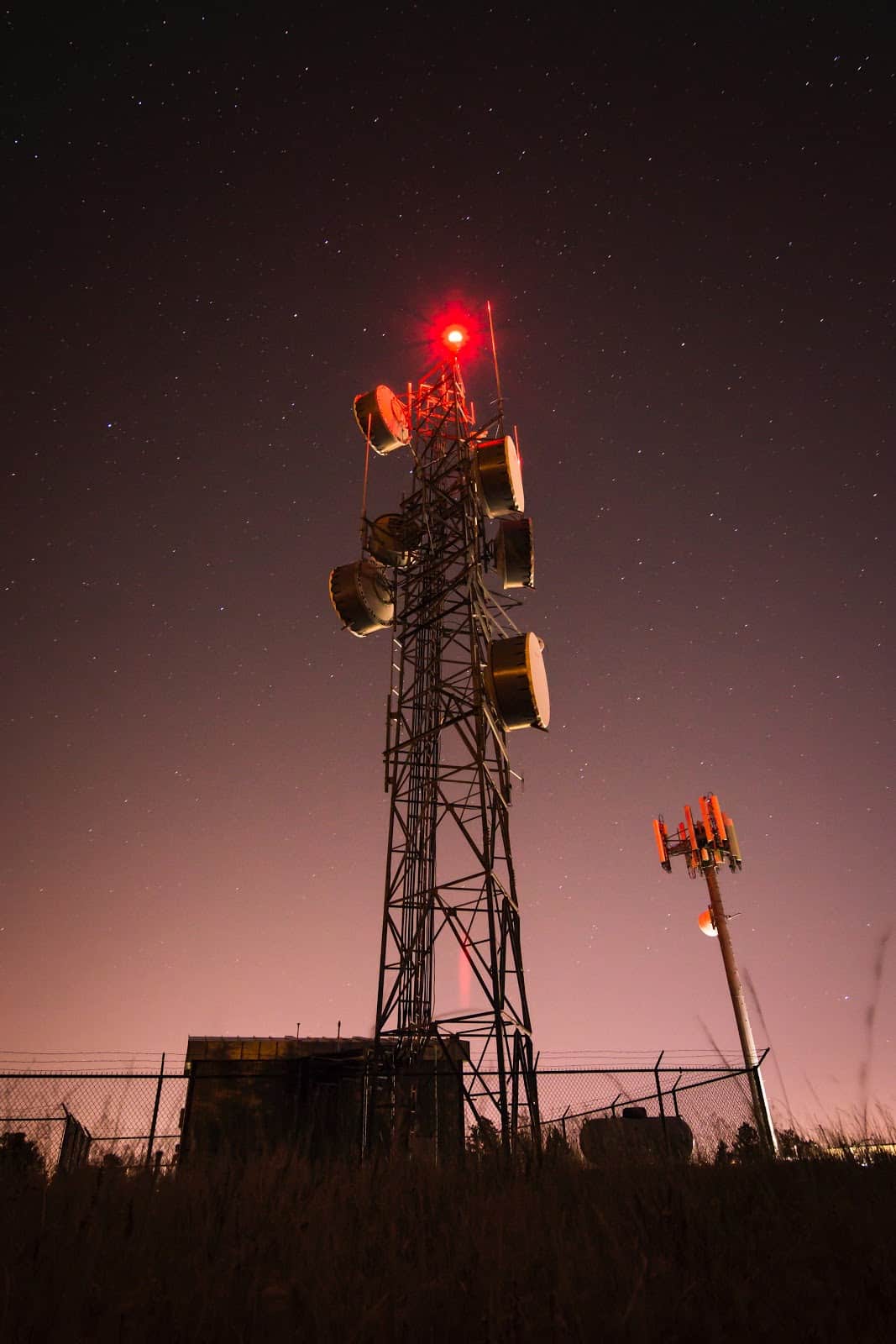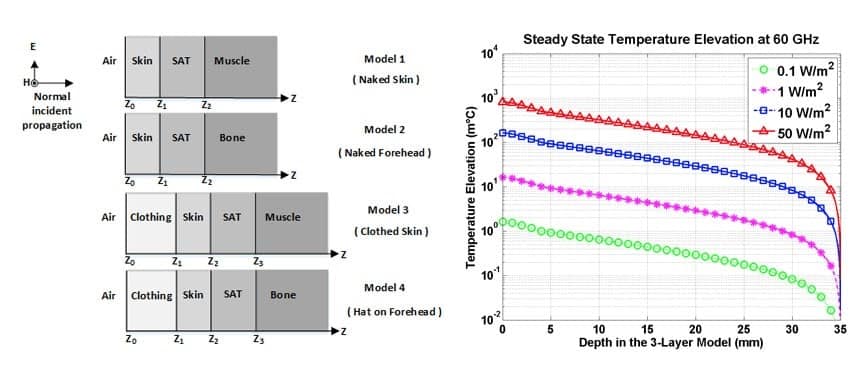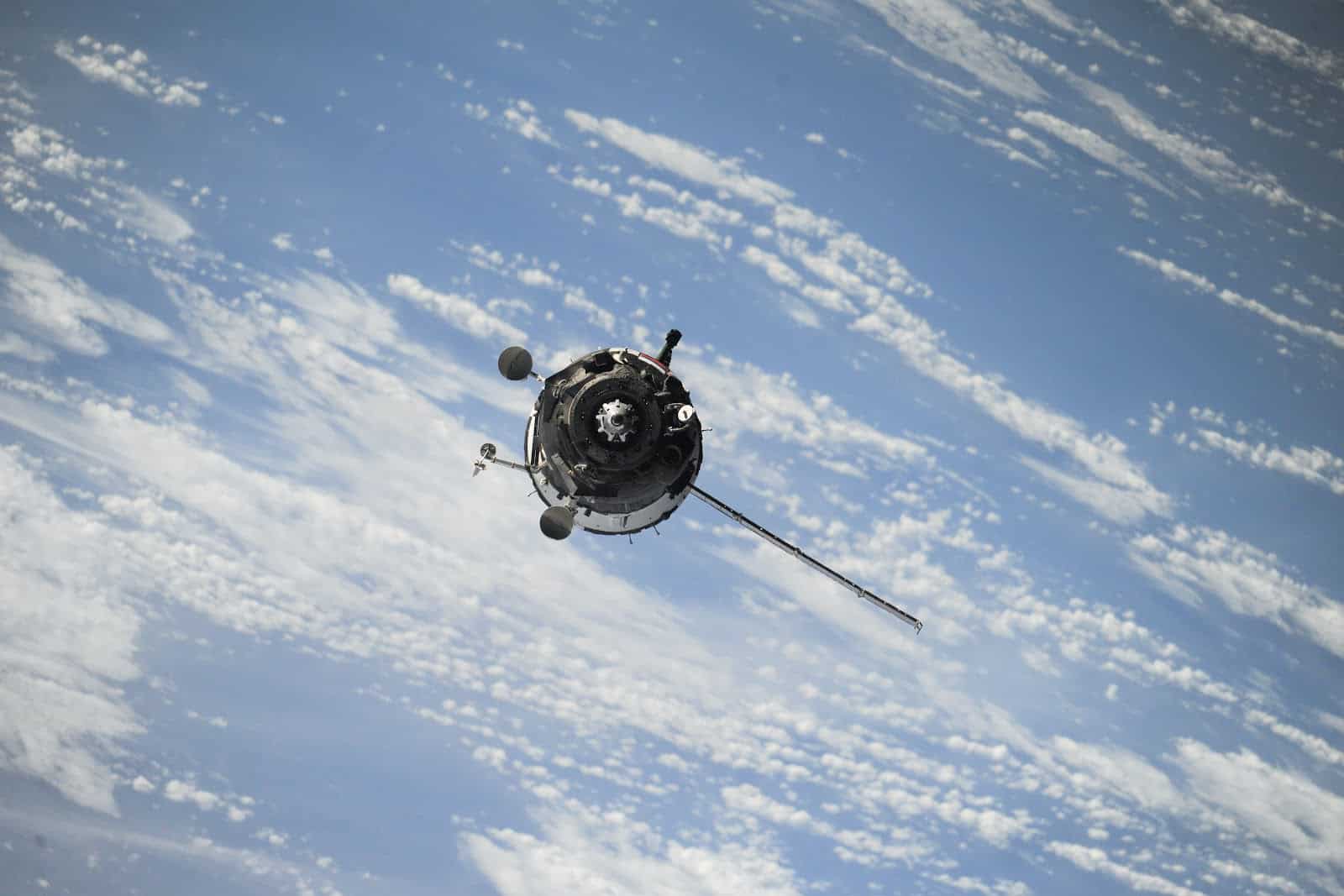As technology advances and people become more hooked to their phones, video game consoles, and computers, there’s been an increasing demand for faster network services from telecom carriers. That’s what led to the next generation of communications technology, 5G.
While 5G is still in its preliminary stage, the industry is currently very focused on implementing this technology and figuring out how to properly support it. At Millman National Land Service, we understand that this means new cell towers will be designed and new devices and technologies will be applied to them. As always, we will be there to ensure these new structures are not only meeting health and safety standards, but are working as originally intended.
So What is 5G?
You’ve probably been hearing all about 5G on social media — but probably not for the right reasons. 5G will be the new wireless standard, available throughout the United States in the next few years. Some providers have already created cell phone models that support 5G in anticipation.
| 4G | 5G |
| 10 Mbps | 10-20 Gbps |
| 5-12 Mbps download speed | 1-3 Gbit/second download speed |
| 70-millisecond latency | 1-millisecond latency |
While 5G is unquestionably superior to 4G, a lot of people around the world are concerned about what this amount of bandwidth means for human health. A lot of people have already taken to destroying cell towers in fear of 5G’s possible effects on their community.
Is 5G Actually Dangerous?
The growing theory on Facebook is that 5G’s higher radiation will lead to damaging effects on humans and other life forms that live near the cell towers. They point to theories that higher radiation will lead to cancer, premature aging, and disruption in cell metabolism as a result of the waves damaging and altering human DNA.
Scientists have found that radiation must be “ionizing” to be strong enough to break chemical bonds, altering DNA. Wi-fi and FM radio are “non-ionizing,” which simply means they are too weak to cause any damage. For this reason, there are no studies supporting that the waves that come from cell towers — even ones with 5G capabilities — cause harm to living beings.
Even with a higher gigahertz frequency, there’s no science supporting the theory that 5G is dangerous. While scientists continue to study 5G, no risks have been detected so far.
Related: What is a Cell Phone Tower and How Does It Work?
Well, Does 5G Cause Coronavirus Outbreaks?
One of the strangest social media theories about 5G is the cell towers’ correlation on maps with areas where bigger COVID-19 outbreaks have happened. This is an unfortunate coincidence, more related to more cell towers often being built in areas with denser populations, where disease can more easily spread.
Right now, scientists have traced the source of coronavirus to natural causes. A different strain of coronavirus has always been present in cattle and camels. It’s rare for diseases to spread from animal to human, but it’s been traced back to a bat.
Challenges in Designing 5G
Since 5G has no known health side effects, most companies are already working on how to harness its power. Wireless communication engineers have concluded that entirely new technologies must be created to support 5G’s faster data transmission and achieve a peak data download speed of 20 Gbit/second, compared to 40G’s 1 Gbit/second.
It is currently unclear which technologies will ultimately play a role in 5G’s development down the road, but there are some stand-outs: millimeter waves, small base stations, massive MIMO, beamforming, and full duplex.
Millimeter waves have caught their attention since it can support the ever-increasing amount of new users, devices, and data consumption. Despite these increased demands, telecom carriers have to restrict them to the same radio spectrum frequency band they were already using, meaning each user is given a limited amount of bandwidth. That leads to slower speeds and frequent disconnections. Luckily, millimeter waves might be able to solve this problem.
What is Millimeter Wave?
Millimeter waves are also known as extremely high frequency (EHF). It’s a radio frequency that would allow transmission frequencies between 30 GHz and 300 GHz, compared to 5 GHz frequencies used by previous mobile devices. It also has wavelengths between 1 mm and 10 mm, compared to the several-dozen centimeter wavelengths possessed by smartphones’ current radio waves.
At this point in time, millimeter waves are only used by radar systems like satellites. But mobile network providers have already started utilizing EHF in various ways, making it a new and promising approach.
Millimeter Waves Advantages
So there are two ways to increase the speed of wireless data transmission. The first is increasing spectrum utilization. The second is increasing the spectrum bandwidth, often seen as a more simple and direct approach. That is the approach that millimeter waves would provide for 5G to increase transmission speeds.
The maximum carrier frequency of 4G provides an available spectrum bandwidth of 100 MHz. Using millimeter-wave frequencies increases the spectrum bandwidth by a factor of 10. Millimeter-wave frequencies, 28 GHz and 60 GHz, are the most desirable frequencies for 5G. The 28 GHz band provides an available bandwidth of up to 1 GHz, while each 60 GHz channel can provide an available signal bandwidth of 2 GHz (creating a total spectrum of 9 GHz divided between four channels).
To put it simply, this is a massive increase in transmission speeds.
Do Millimeter Waves Have Disadvantages?
Based on the advantages, it sort of seems like a no-brainer to use millimeter wave technology to support 5G’s capabilities. But there’s one big drawback: millimeter waves can’t penetrate structures and other obstacles — even something as small as a leaf!
Millimeter waves have high frequencies and short wavelengths, meaning the antennas used to receive them can be made smaller. This would allow for the construction of small base stations. This means less large-scale base stations, replaced instead by a bunch of small base stations that can cover peripheral areas large base stations couldn’t reach.
This disadvantage has a solution, which is why many engineers are already considering 5G for not only smartphone users and gamers. They want to implement it into VR, self-driving cars, and a lot of other advanced fields.
But Are Millimeter Waves Dangerous?
Millimeter waves are usually what conspiracy theorists are referring to when they discuss the dangers of 5G. They sort of go hand-in-hand for the reasons discussed above. But should we be concerned with the use of millimeter waves?
According to a study by NYU WIRELESS in collaboration with the NYU Radiology department, the short answer is: no.
Unlike higher frequency ultraviolet, X-ray, and gamma radiation, millimeter wave radiation is non-ionizing. Their studies focused on the heating of the eyes and skin caused by the absorption of these waves. The conclusion? Our bodies are reflective and do not absorb much millimeter-wave radiation.
So far, there has not been a lot of research on millimeter waves and its health effects. MMWs have shallow depth penetration and are only deposited within the first 1-2 millimeters of human skin. Because of this, they have been used for a lot of therapies and health-related studies. But beyond that, there are no in-depth studies on what would happen if someone was accidentally overexposed to the waves.
Where are Millimeter Waves Currently Used?
Since millimeter waves are overall proven to be safe, many different places currently harness their exceptional capabilities for their own technology.
Scientific Research
MMWs are used in radio astronomy and remote sensing. Satellite-based remote sensing near 60 GHz can determine the temperature in the upper atmosphere by measuring radiation emitted from oxygen molecules formed by temperature and pressure.
Operational US satellite sensors, like the Advanced Microwave Sounding Unit on a satellite known as Aqua, use MMW as well. Satellites used by the Department of Defense also use this frequency range.
Weapons Systems
Millimeter-wave radar is used in tanks and aircraft, as well as automated guns on naval ships, to shoot down incoming missiles. They are able to track the stream of outgoing bullets with its short wavelength, allowing the computer fire control system to rapidly change aim.
Security Screening
The TSA has utilized millimeter wave scanners in many airports, since clothing and other organic materials are transparent to millimeter waves of certain frequencies. This helps airports easily detect weapons and other dangerous objects being carried under clothing. There is one model millimeter wave scanner that can scan an area as far as 50 meters away, allowing security workers to scan a large number of people.
Millimeter Waves: The Future of Telecommunication?
Based on millimeter waves overall safety and how perfectly they support 5G’s capabilities, it’s more than likely millimeter waves are truly the future of telecommunication. While more and more studies will be done on the effects MMW and 5G have on humans, there’s currently no reason to be worried about the changes you see to cell towers in your community.
At Millman National Land Service, we can help you implement 5G nationwide while ensuring you’re meeting health and safety standards. Let us cover the logistics of your cell tower surveys. Contact us today.










